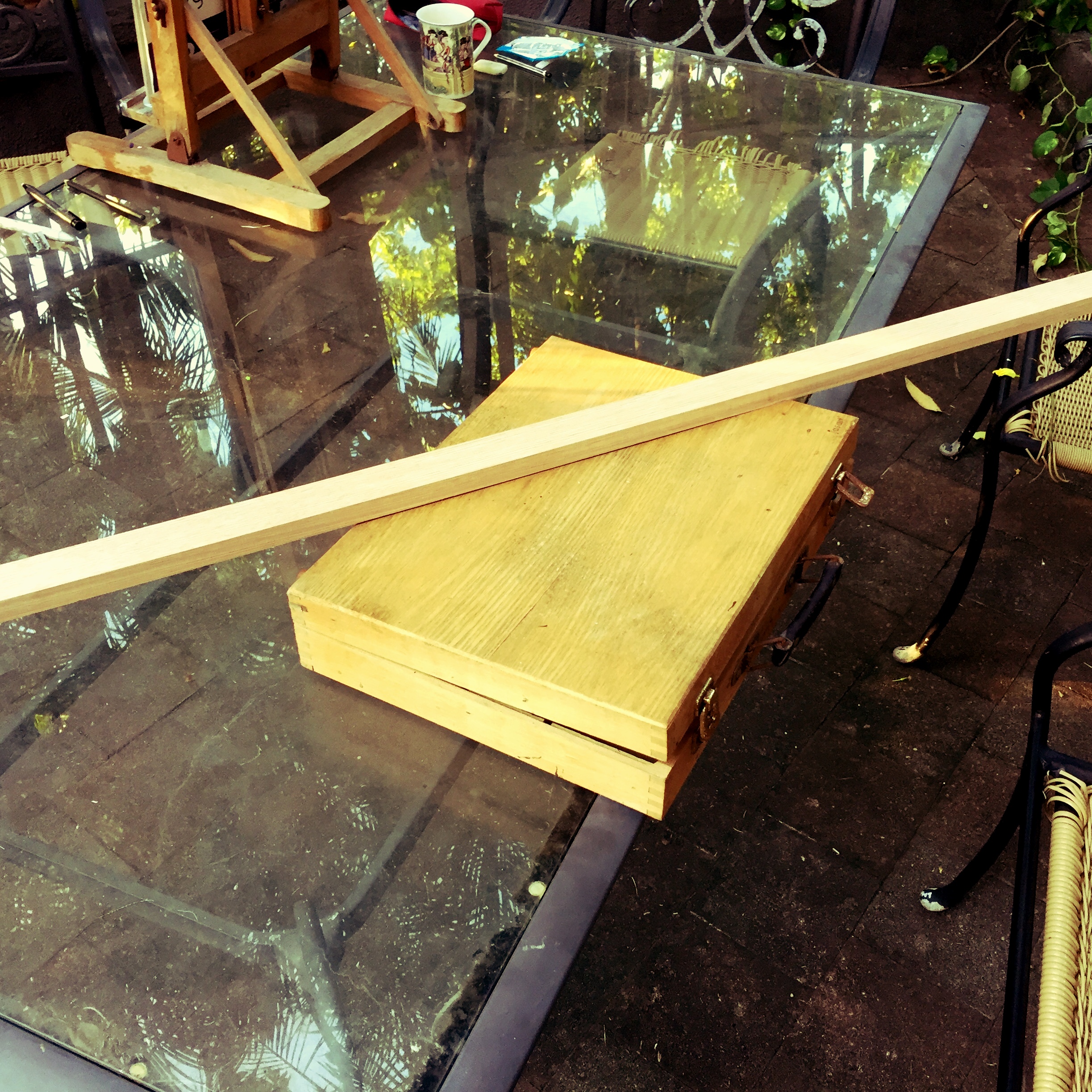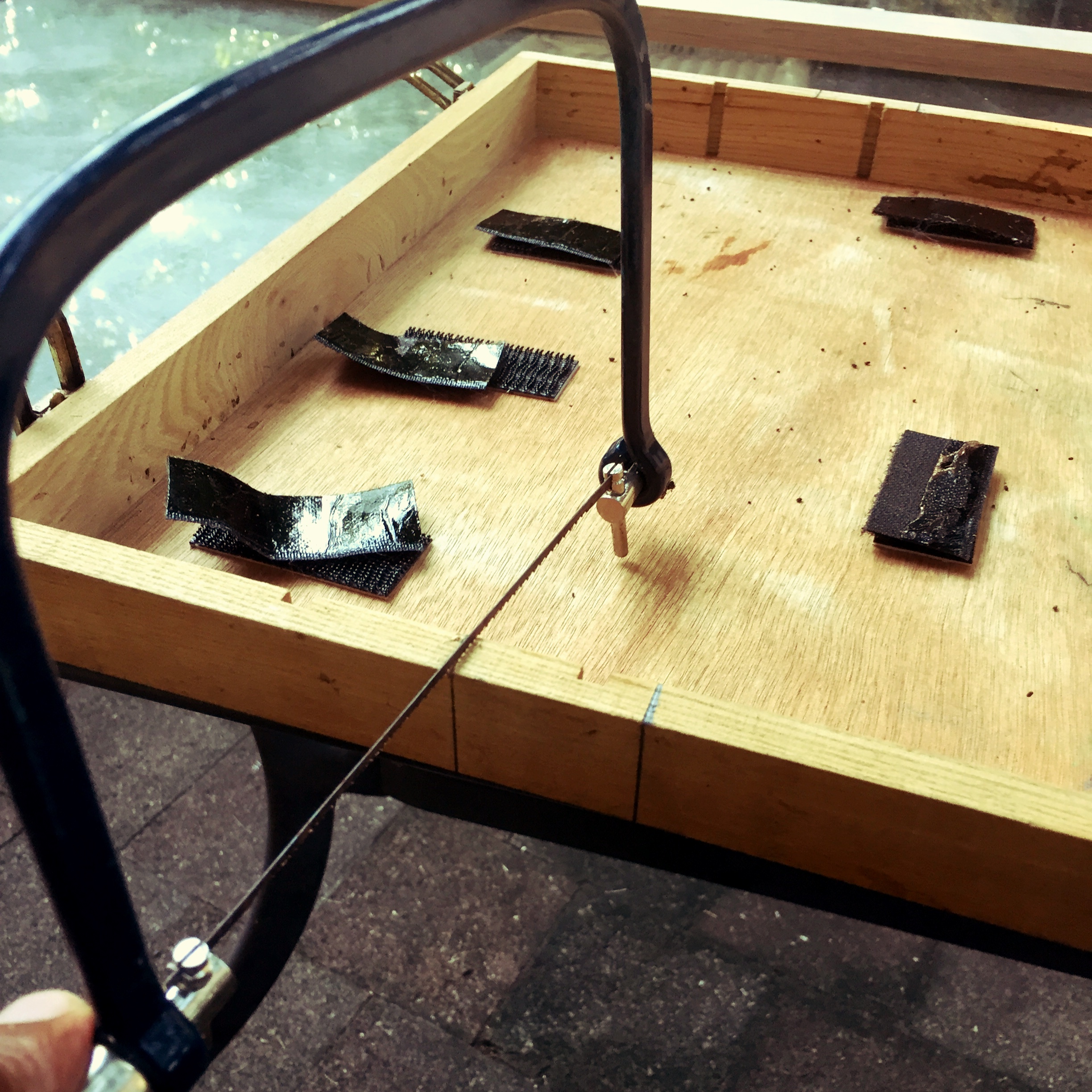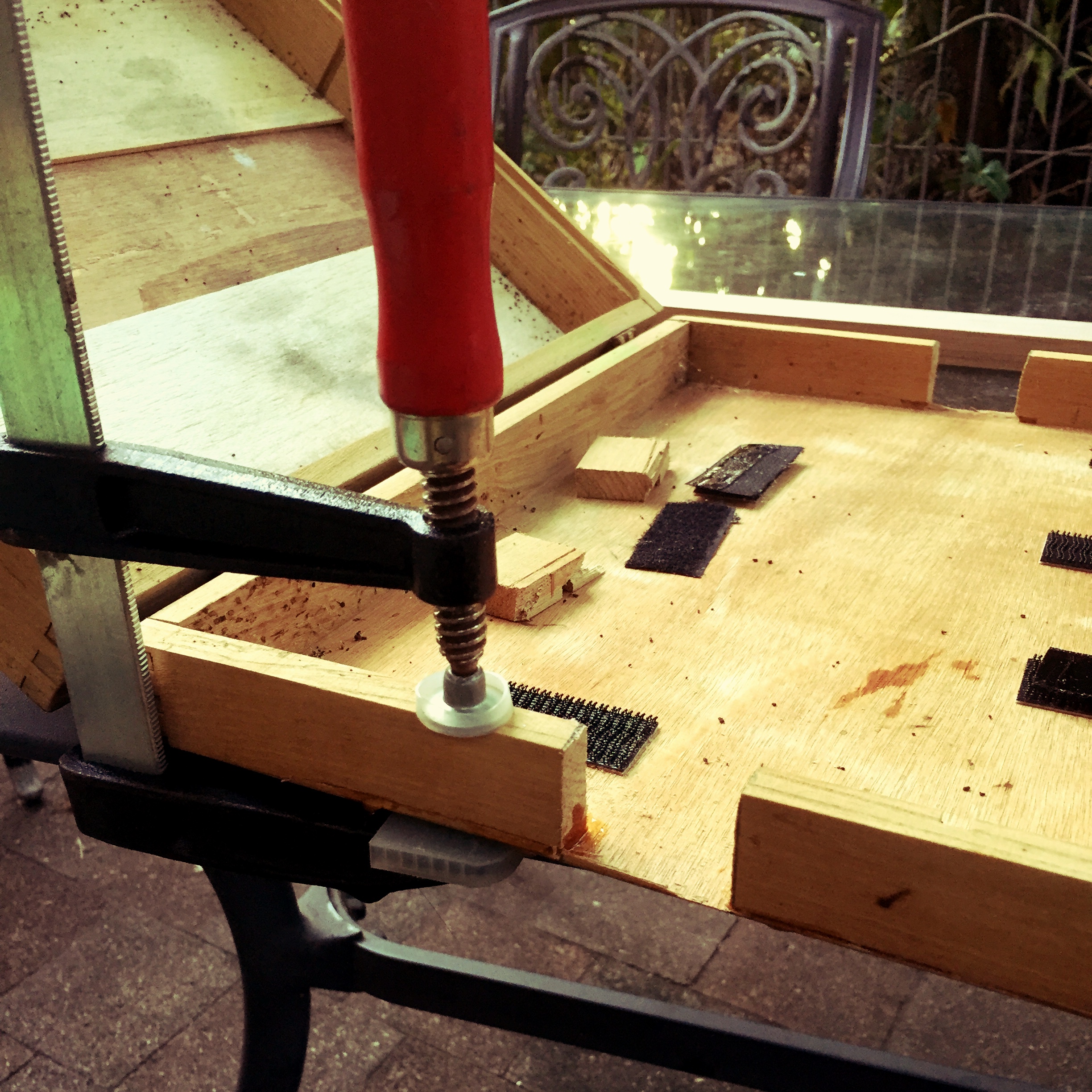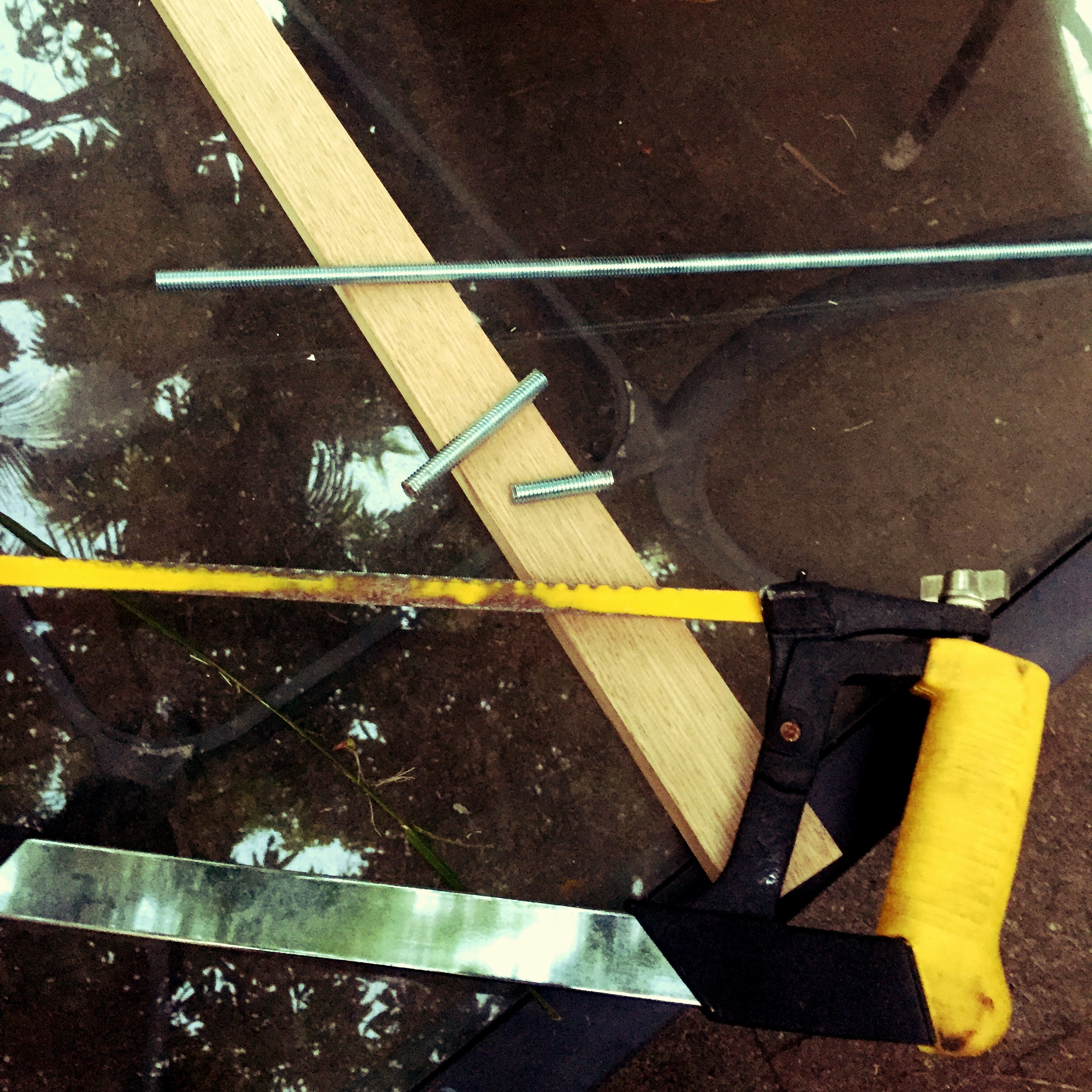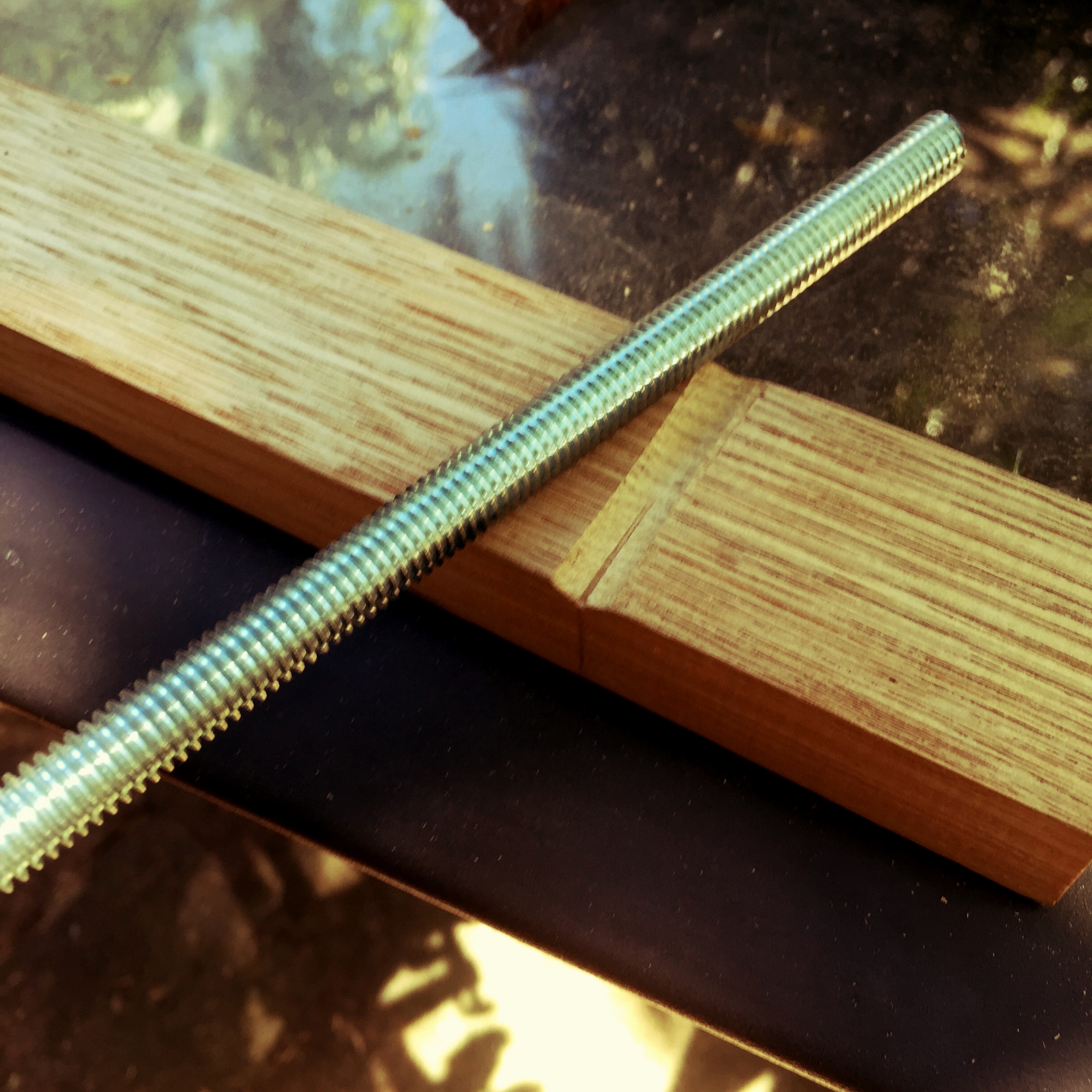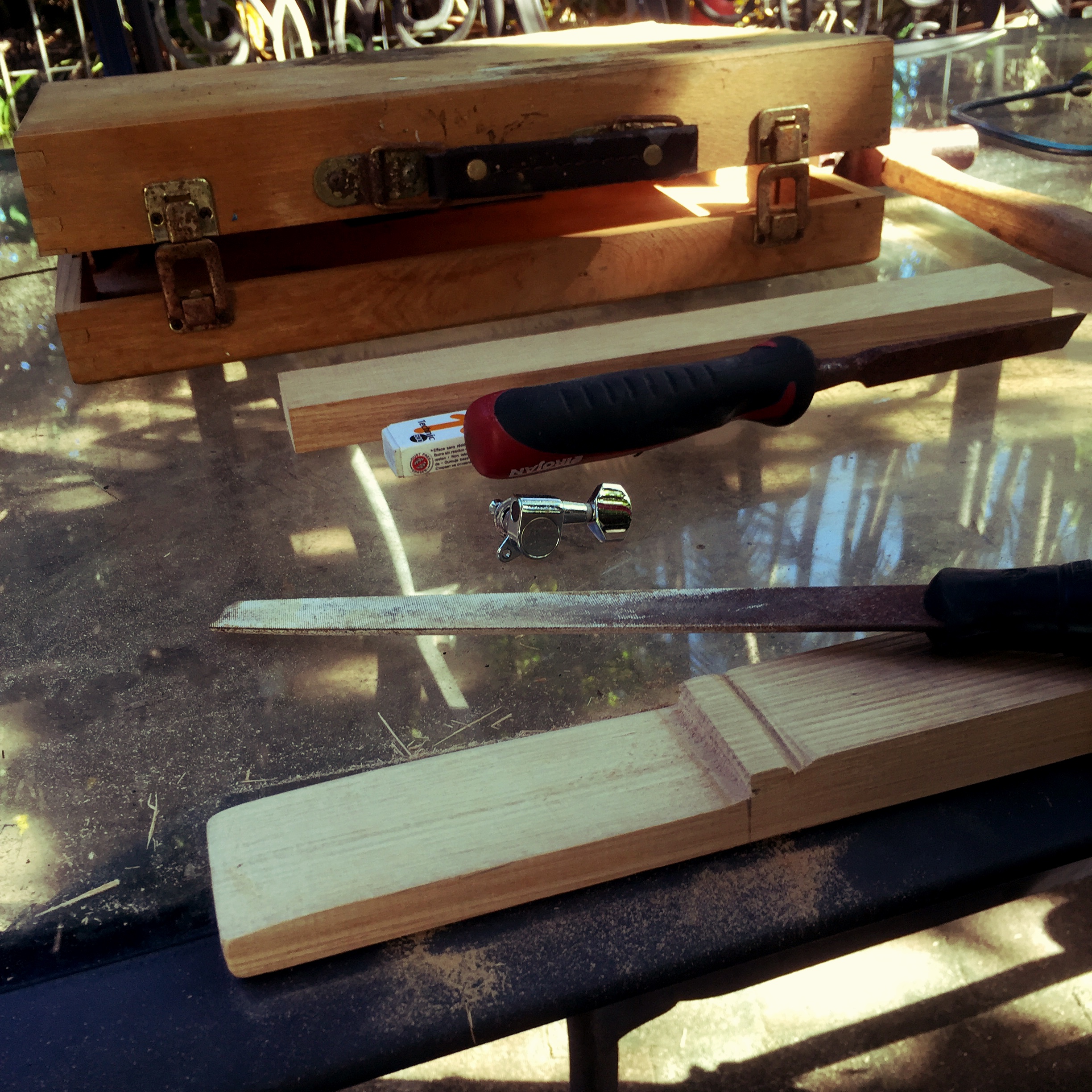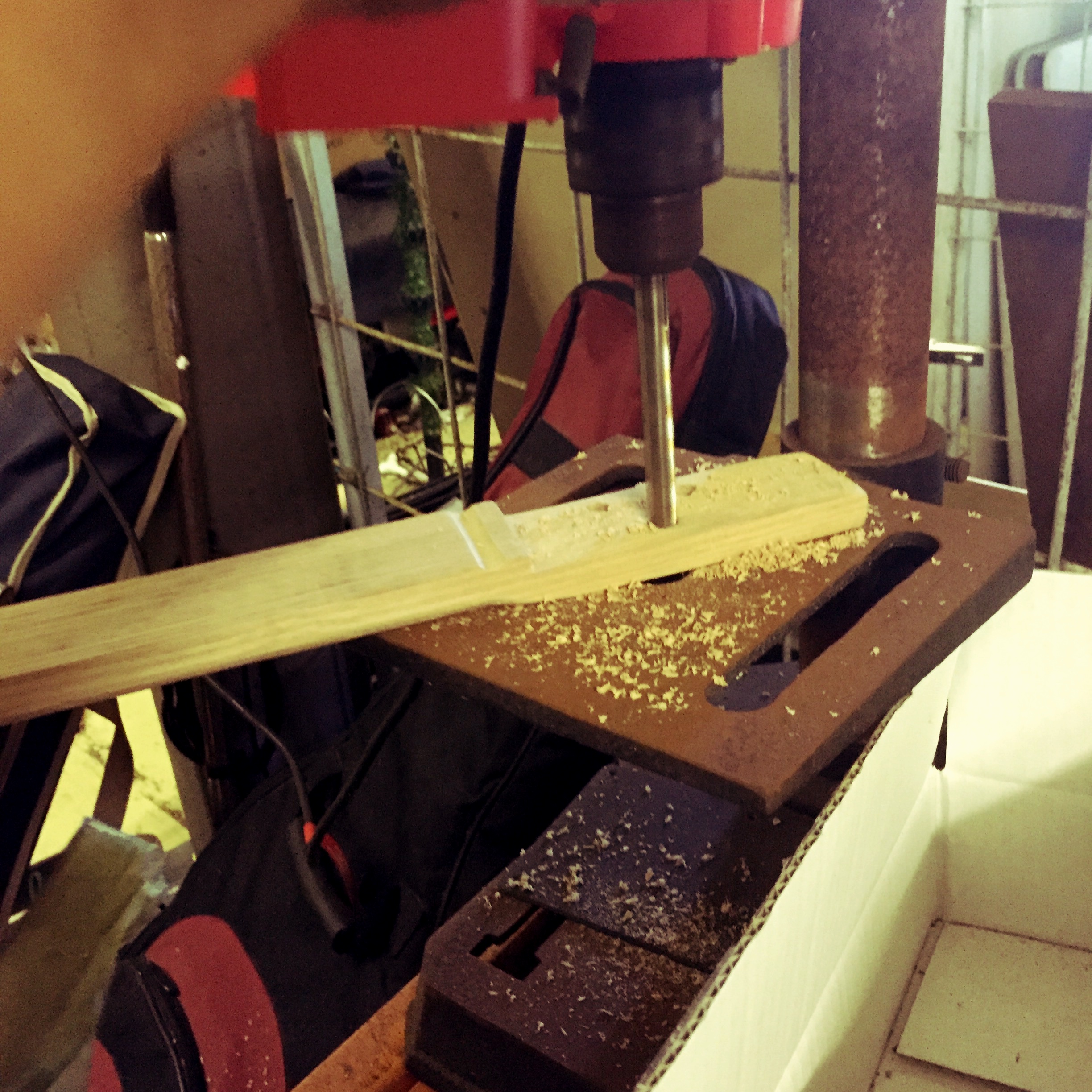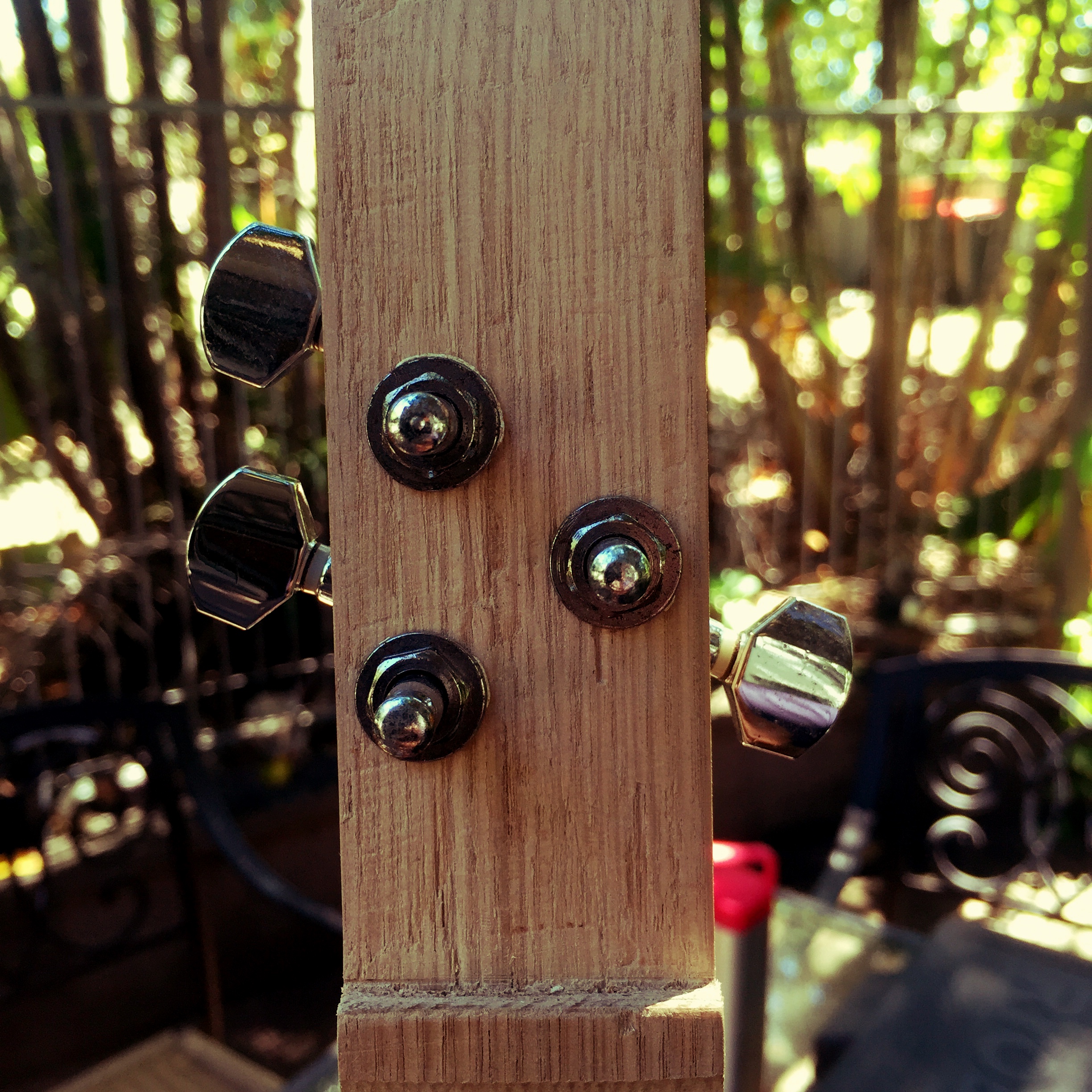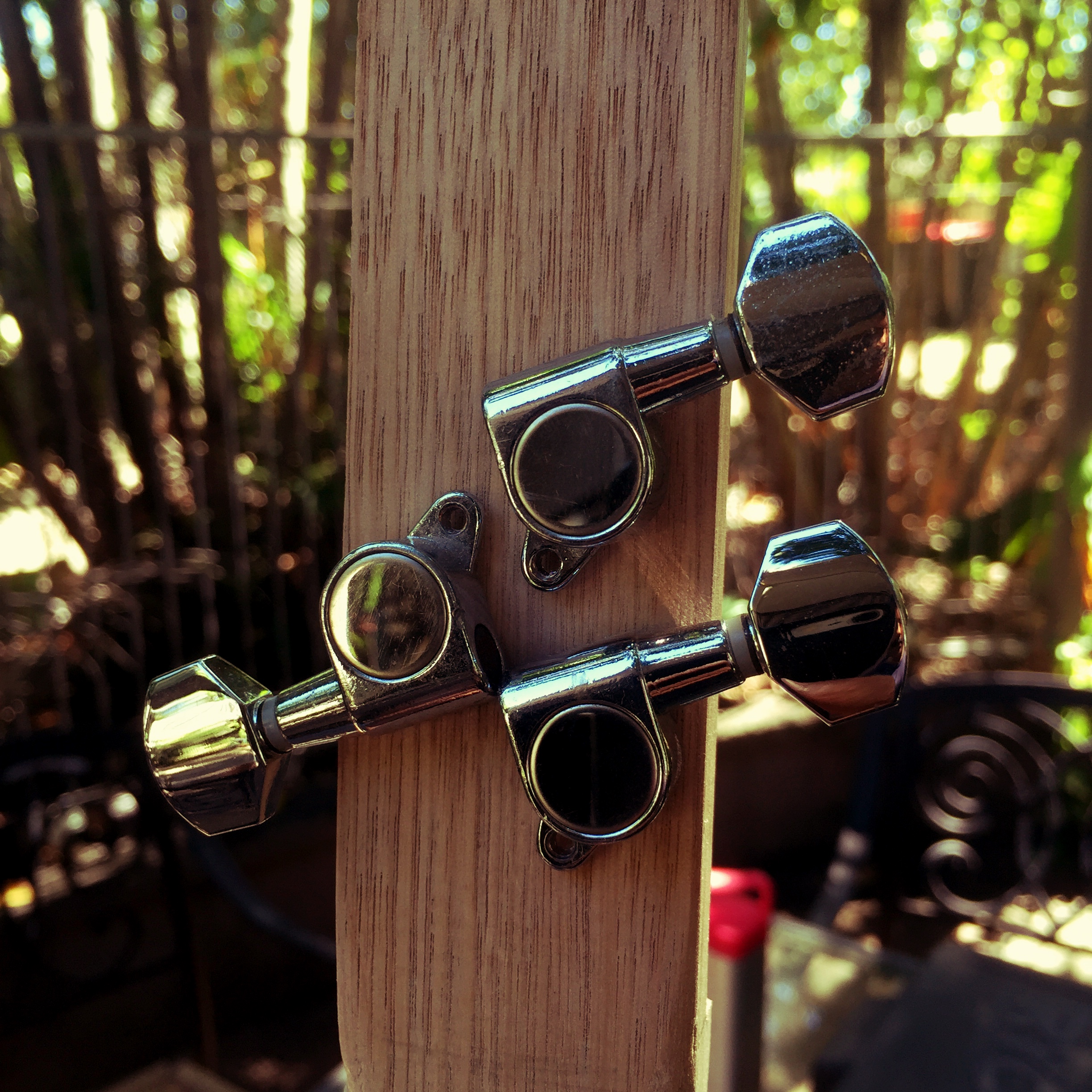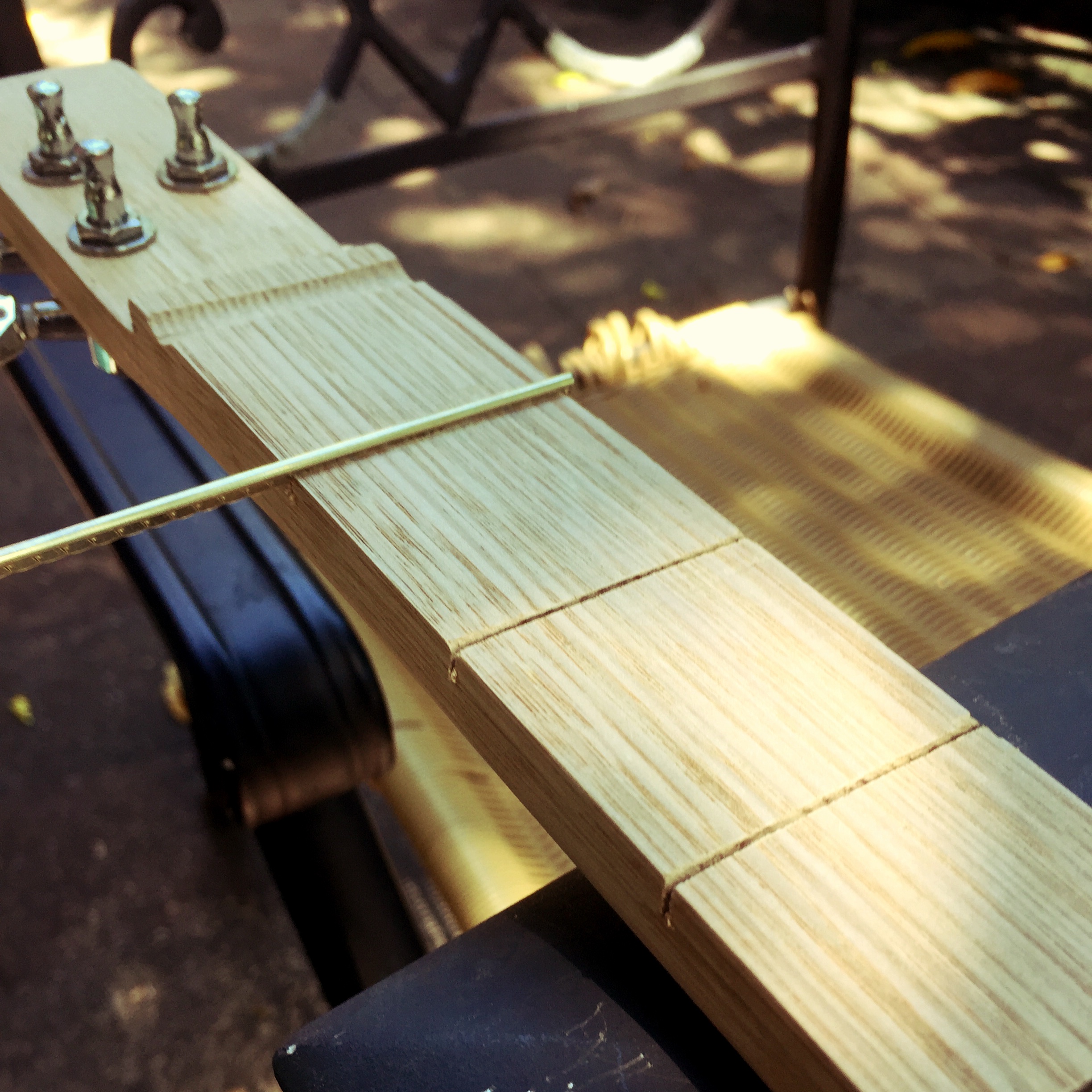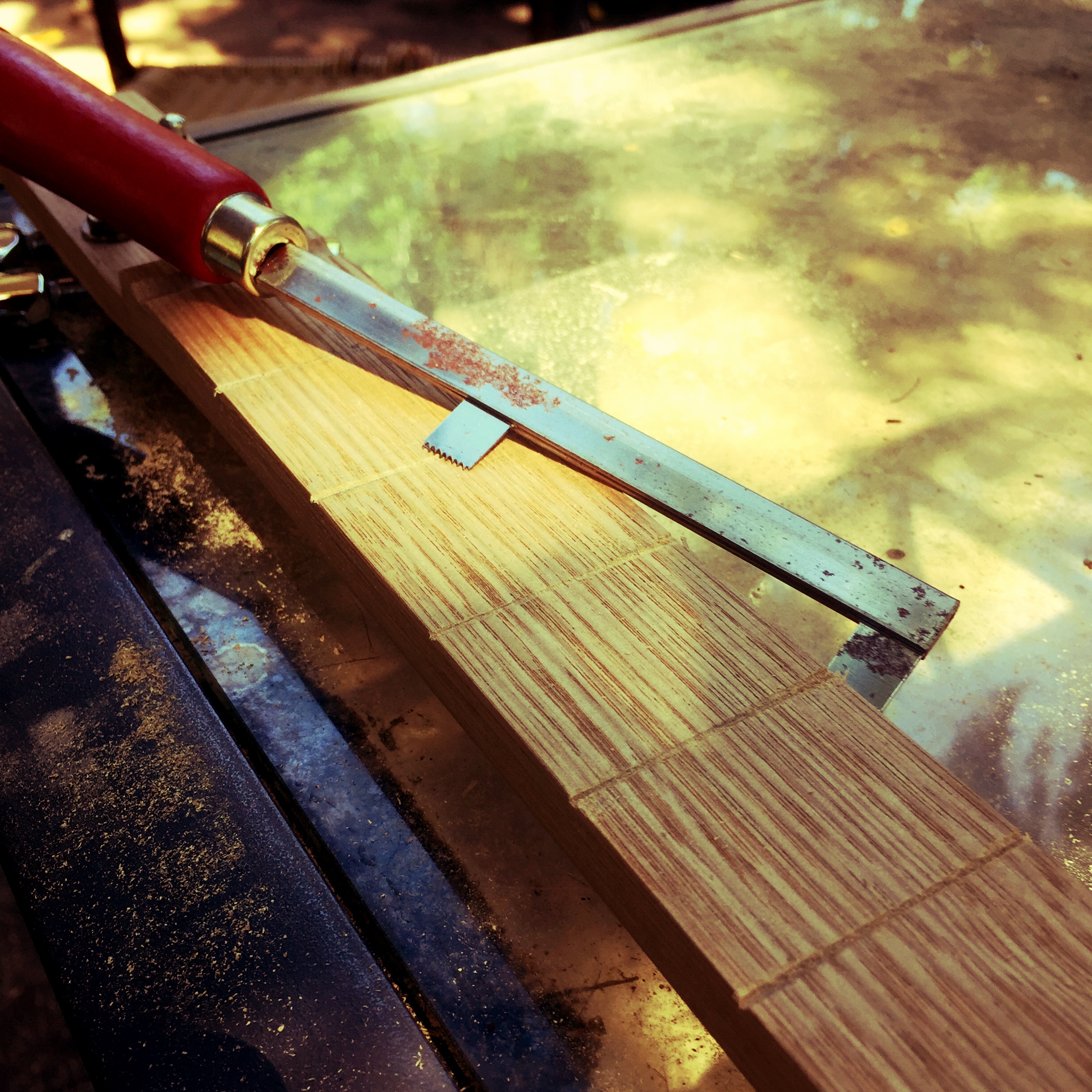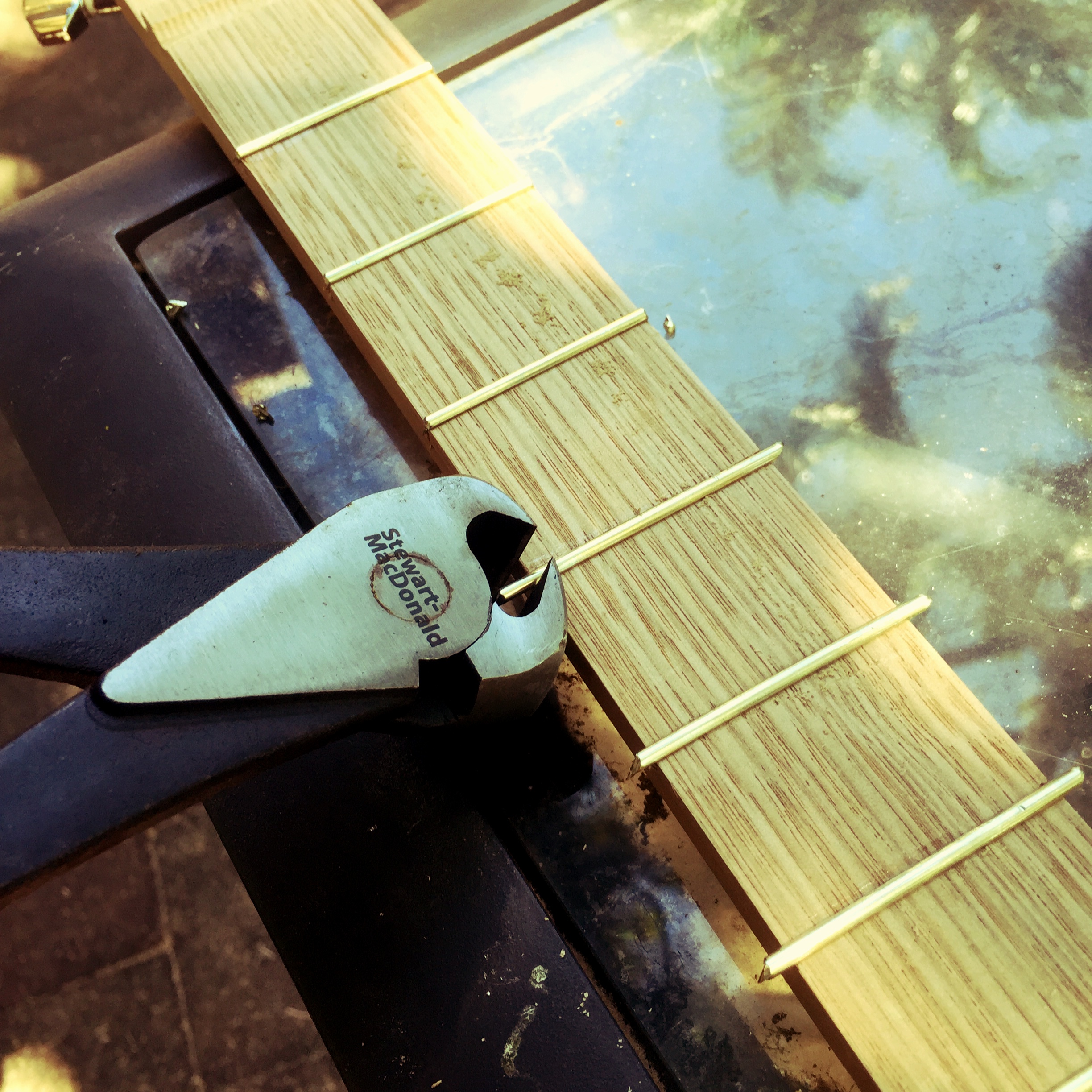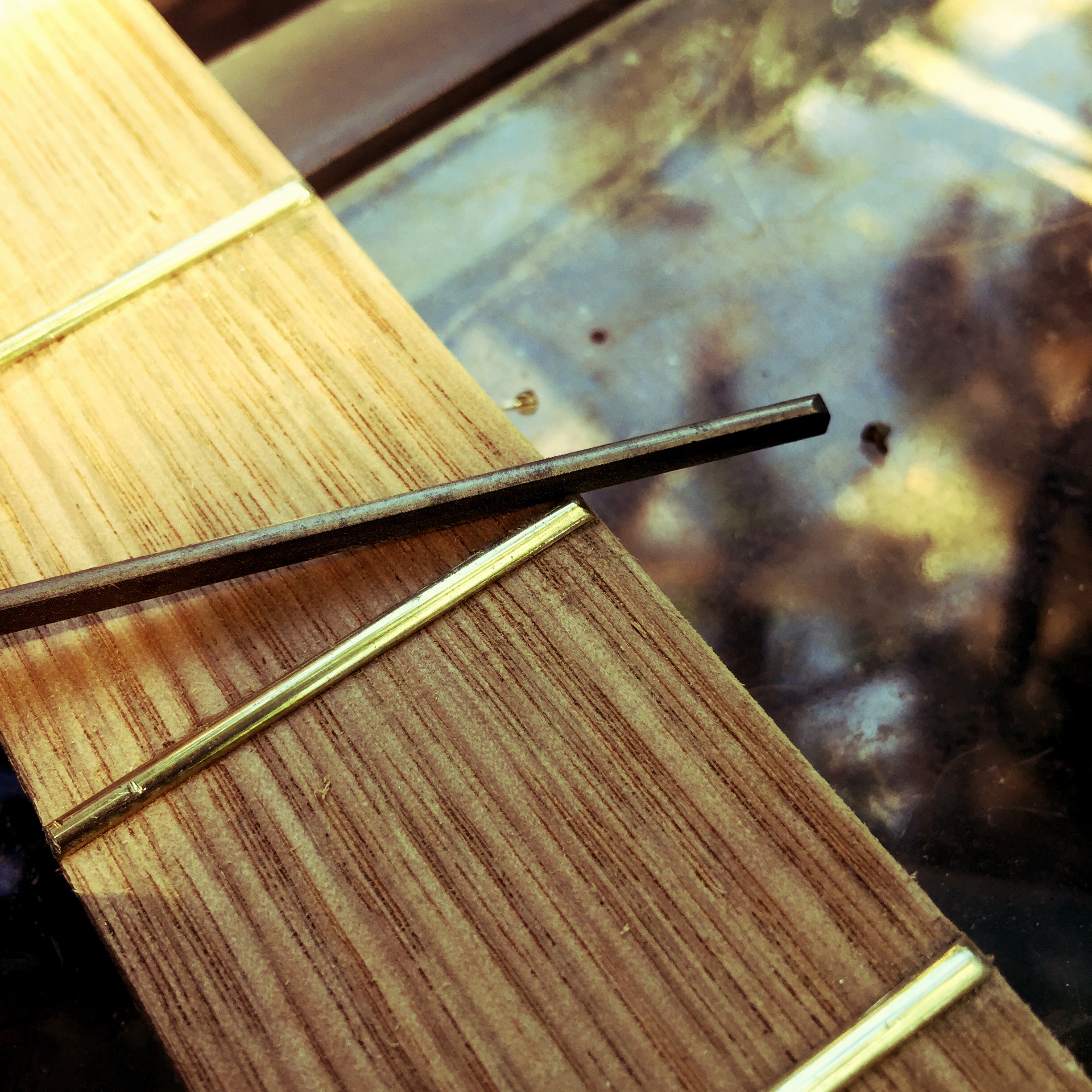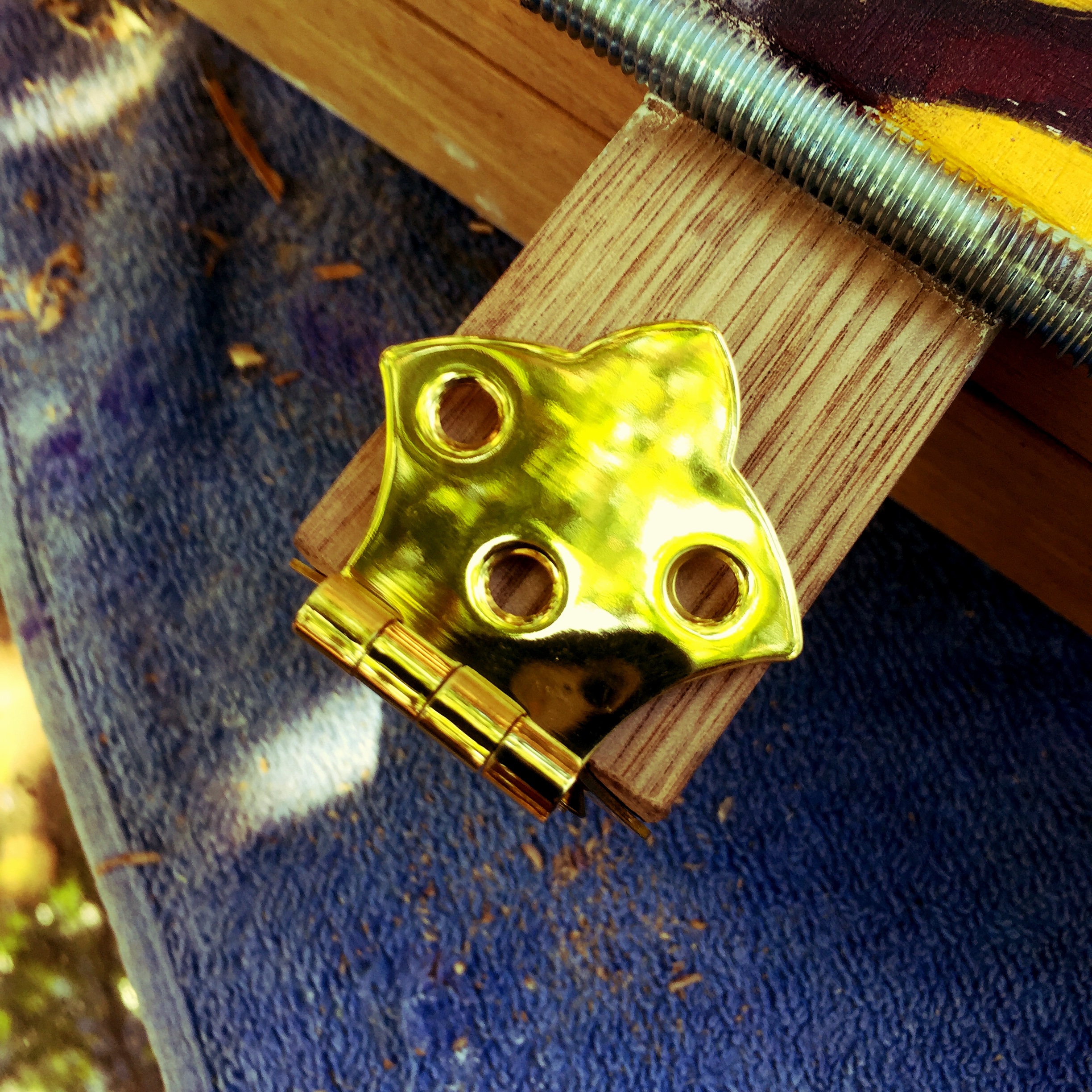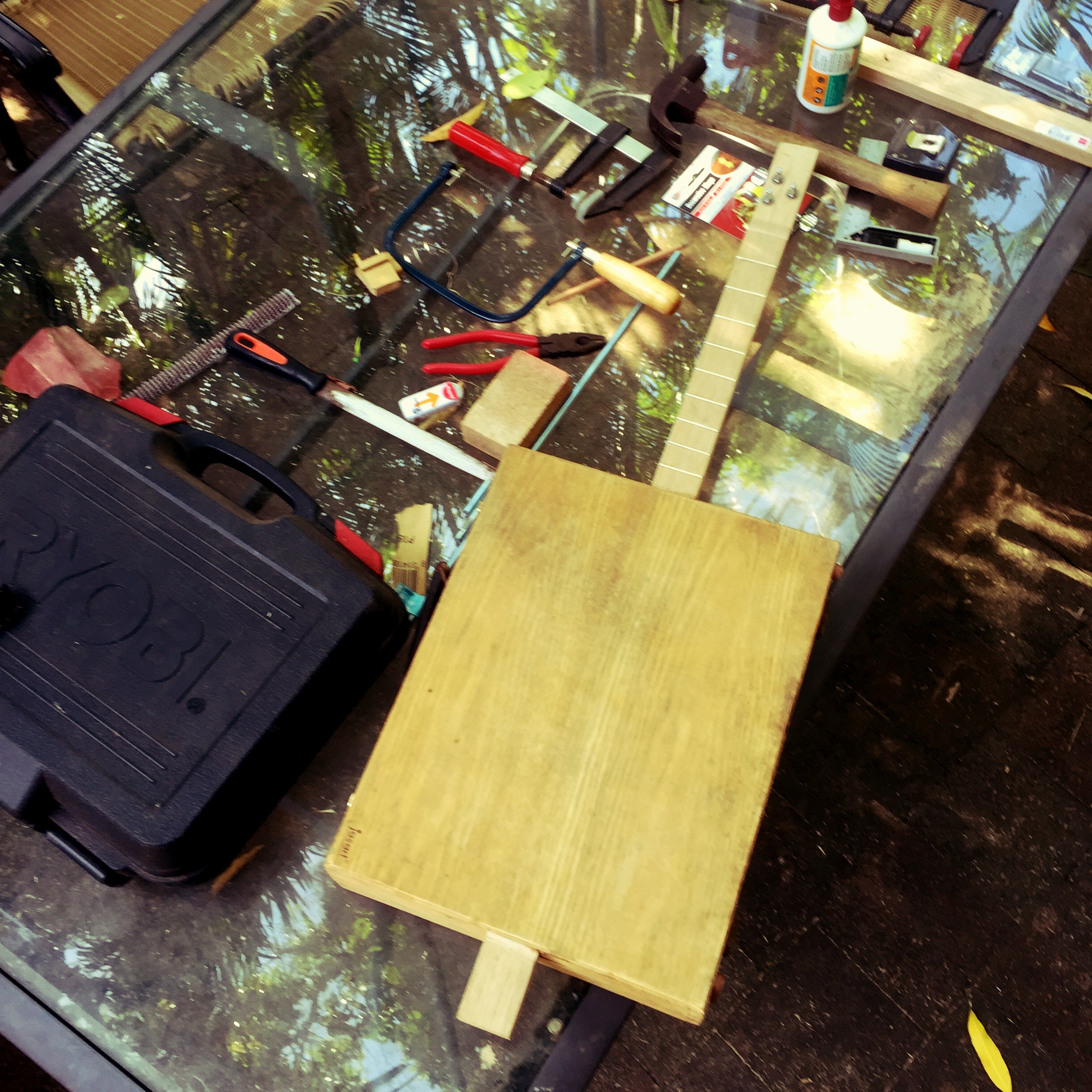My new recording setup
Ok, I am finally getting back into recording my guitar playing, and this weekend past, I made a recording of my acoustic guitar with a ribbon microphone.
This was a replica of a Blumlien stereo ribbon microphone, and it is made by Nude Microphones. I bought this particular mic late last year, but hadn't had the chance to use it until now. One of the things holding me back was the fact that because this is a stereo ribbon mic, it takes up two channels on my audio interface. I normally record with a mic and blend it with the signal from the internal guitar pickup, but that would mean I needed 3 inputs into my audio interface, and until I could upgrade my current 2 channel system to a 4 channel or greater, I kept putting it off.
Nevertheless, after attending a great music production workshop this week held by local artist Broadwing, where he espoused the benefits and technique of pure mic recording for an acoustic guitar, I decided to try the recording just with the ribbon mic.
The basic setup is as the picture above and to the right. I placed the ribbon mic upright on a short floor stand, and positioned it at the point where the guitar neck meets the body. I found that I had to position the mic closer to the guitar than my usual condenser mics - probably around 10 to 15 cm in order to get the best signal.
Because the stereo imaging was pointing approximately 45 degrees towards the sound hole and the 9th fret from that location, I noticed that the right channel was significantly louder than the left. Makes sense of course, as the right channel was pointing towards the soundboard where all the actual tone is generated, and the left channel was merely pointing towards my left hand on the neck. I actually wanted to keep it that way so that the left channel picked up the fret noises and string squeaks as I moved around, while the right channel would pick up my right hand picking noises. I simply boosted the input signal on my audio interface for the left channel until they matched.
The audio interface I was using was a Yamaha/Steinberg UR-22 that I 'borrowed' from my son. Not my usual Apogee Duet because I now have a new iMac without Firewire. I am on the lookout for a 4+ channel Thunderbolt audio interface.
As per usual, I recorded the track in Logic X, which has become my DAW of choice. I simply set up two tracks - one for each side of the mic, and hit record.
This was also the first time I used Logic's multi take feature. Normally I will do a single take and then manually 'punch in' any corrections over any mistakes I may (and usually do) make. However, this time I did 3 consecutive ordinary takes, and used the 'sweep' method to pick the best bits of each take and comp them together into one decent take.
The way this works is that you will see the three takes all under each other, and as you are playing back, you can simply use the mouse cursor to 'sweep' an area on track 1, 2 or 3 in order to make that the 'active' block that is merged into the final track. I could not believe how quick and easy this process was. My old method was so tedious and resulted in many pops and clicks where I meshed the takes together badly, however this technique does a smooth fade in/fade out of the takes to eliminate all that.
Of course, you have to be absolutely spot on with the timing, and record everything to a metronome and stay on the beat for this to work. At least it gave me a lot of practice in playing in perfect time!
Once I put together the three takes into one, I noted that the audio levels were still really low, though they had a nice character, so in post processing, I decided to use ONLY the Slate Digital plugins to tweak the EQ and add compression. I used the Slate Virtual Mix Rack plugin on each track to EQ out some boomy bass and add some high end sparkle. Then I used their Virtual Buss Compressor plugin to boost the volumes and even out the levels. Finally, I used their Virtual Tape Machine plugin to add some good old tape warmth to the track.
The song here is "Growing Up" by Masaaki Kishibe. I have really come to enjoy the pure melodic qualities of Kishibe's compositions, and intend to learn quite a few more of his songs in the future.
Here is the final result. Hope you like it.
I must say I enjoyed recording on my new iMac - I had this one spec'd out with the 4GHz Core i7 processor and 3GB of RAM as well as an SSD drive. It didn't miss a beat unlike my poor 8 year old ancient MacBook Pro.
For this recording, I used my beautiful Taylor BTO guitar, with a brand new set of Elixir Nanoweb strings on it. The song is played with a capo on the second fret, and with the slightly shorter scale of this guitar, I think it gives it a nice bright sound.




